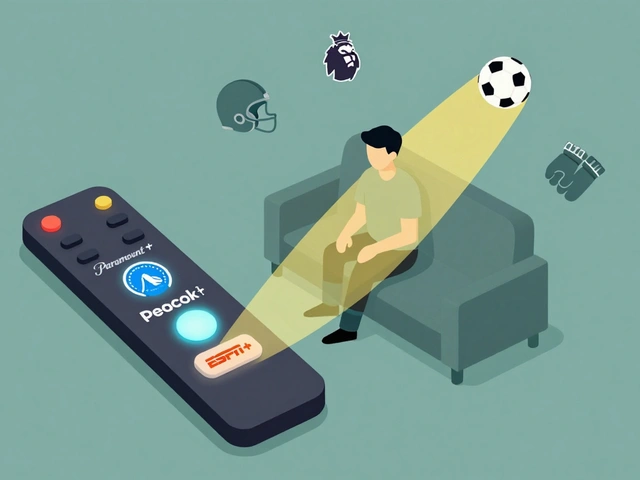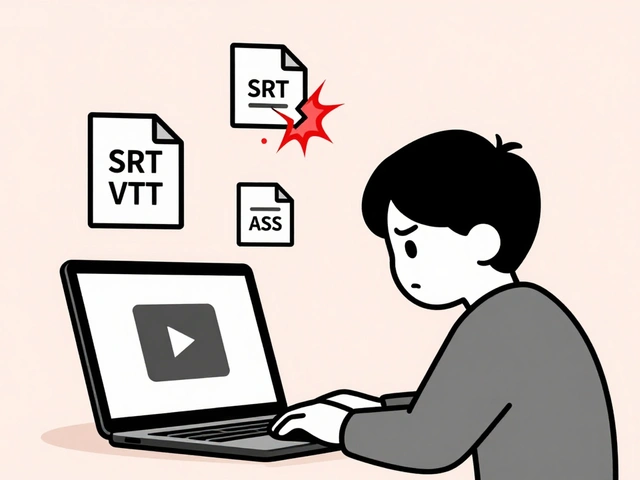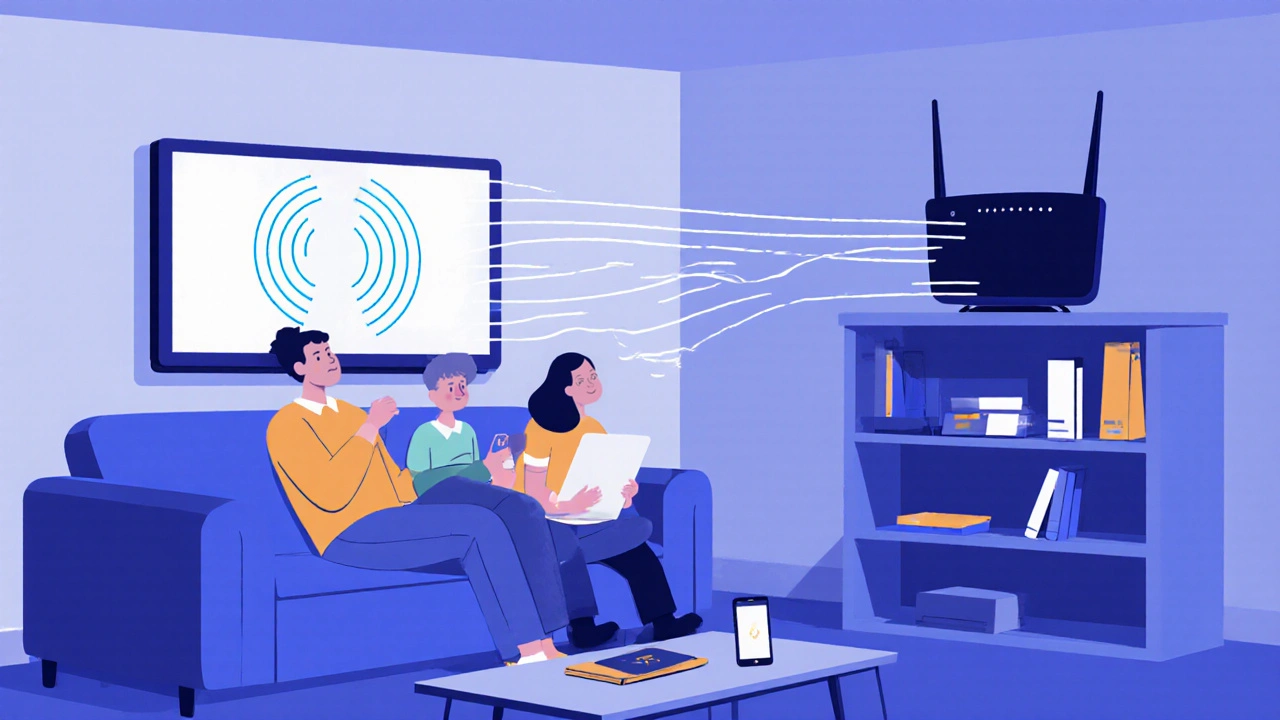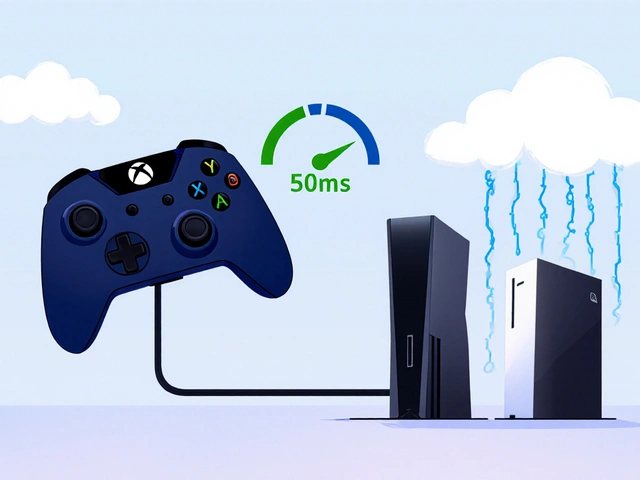Wi-Fi Upgrade: Boost Your Streaming and Video Editing Performance
When you think about a Wi-Fi upgrade, a hardware and configuration improvement that increases wireless network speed, reliability, and coverage. Also known as home network enhancement, it's not just about getting faster internet—it's about making sure your video editing, streaming, and content creation actually work without constant interruptions. Most people assume a faster internet plan is enough, but if your router is five years old or your signal dies in the living room, no amount of bandwidth will save you from laggy previews or dropped uploads.
A good Wi-Fi upgrade, a hardware and configuration improvement that increases wireless network speed, reliability, and coverage. Also known as home network enhancement, it's not just about getting faster internet—it's about making sure your video editing, streaming, and content creation actually work without constant interruptions. isn’t just about buying the latest router with flashy lights. It’s about matching your gear to what you actually do. If you’re editing 4K footage on a laptop while streaming a reference clip on your phone and your kid’s gaming console is hogging bandwidth, you need a dual-band or tri-band router, a wireless router that transmits data on multiple frequency bands to reduce interference and improve performance. Also known as multi-band router, it separates traffic so your editing software doesn’t fight for airtime with Netflix. You also need a router that supports Wi-Fi 6, the latest wireless standard that improves speed, reduces latency, and handles multiple devices better than older versions. Also known as 802.11ax, it’s the difference between waiting 30 seconds for a render to start and hitting play right away. Most new streaming apps like Netflix and Disney+ now push 4K HDR, and video editors in software like DaVinci Resolve or Premiere Pro need stable, low-latency connections to access cloud assets or sync with external drives. A weak signal means frozen timelines, corrupted exports, and frustration.
And it’s not just the router. Where you place it matters. Put it in a corner, behind a TV, or near a microwave, and you’re asking for trouble. A central, elevated spot—away from metal and thick walls—makes a bigger difference than upgrading from 100 Mbps to 1 Gbps. Pair it with a mesh system if your home is bigger than a studio apartment, and consider wired connections for your editing rig. Even a simple Ethernet cable from your router to your desktop can cut out 90% of the lag you didn’t even know you had.
The posts below show you exactly how this plays out in real life: how a better connection keeps your streaming apps running clean, how data saver modes still work even on slow networks, why your kids’ profiles don’t get mixed up when the signal drops, and how editing software performs when the Wi-Fi holds up. No theory. No hype. Just what happens when you fix the foundation so everything else works.
16
Wi-Fi 6 and Wi-Fi 7: Do You Need Newer Routers for Streaming?
Wi-Fi 6 and Wi-Fi 7 improve streaming quality and reduce buffering. Learn whether upgrading your router is worth it for 4K and 8K content, smart homes, and fast internet plans.
Latest Posts
Popular Posts
-
 How to Cancel Paramount+: Step-by-Step Guide
How to Cancel Paramount+: Step-by-Step Guide
-
 Paramount+ with Showtime vs. Peacock Premium vs. ESPN+: Which Sports Add-On Fits Your Viewing Habits?
Paramount+ with Showtime vs. Peacock Premium vs. ESPN+: Which Sports Add-On Fits Your Viewing Habits?
-
 App Layout Strategies: Organize Streaming Services by Genre and Use
App Layout Strategies: Organize Streaming Services by Genre and Use
-
 Data Management: DIT, Backups, and Archival Best Practices for Video Teams
Data Management: DIT, Backups, and Archival Best Practices for Video Teams
-
 Why Subtitles Aren't Working: Fix Common Video Text Issues
Why Subtitles Aren't Working: Fix Common Video Text Issues



